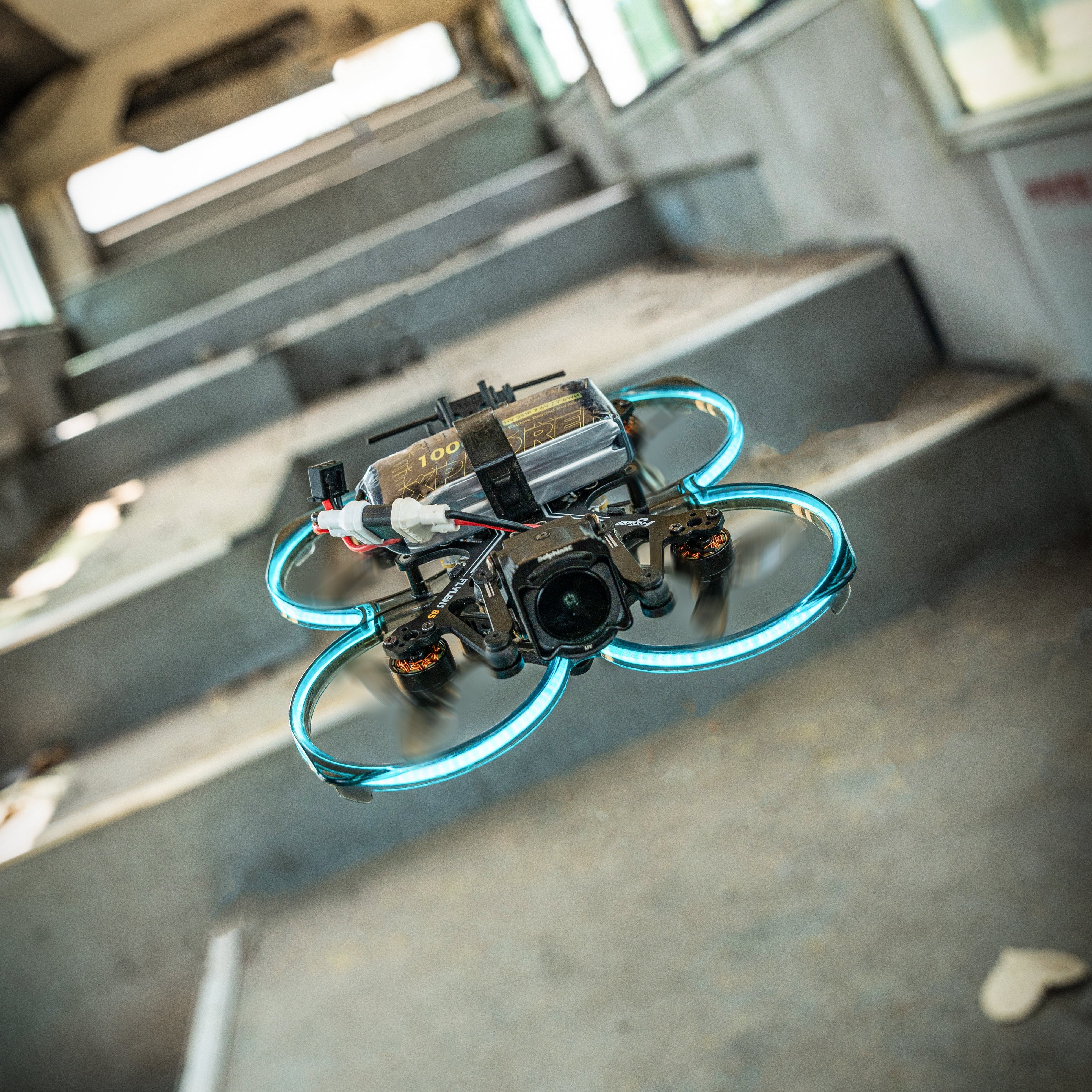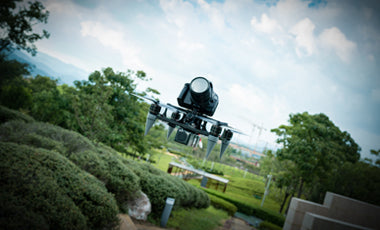There are several key aspects to understanding drone batteries. Firstly, there are different types of batteries available. Secondly, battery parameters play an important role. Lastly, understanding battery interfaces is crucial. Familiarizing yourself with these fundamental aspects will help you in quickly selecting the appropriate battery.

Drone Batteries with Intelligent Protection Circuitry
- Introduction to Drone Battery Cables and Connectors
Drone batteries come with a variety of cable and connector specifications, primarily based on the discharge capacity of the battery. However, there are standard patterns for cable sizes. Commonly encountered cable gauges include 8/10/12/14/18/20/22 AWG, among others.
As for connector types and shapes, there are more options available, depending on the specific discharge requirements. For instance, the widely used connectors include XT60 and T connectors. XT60 connectors are recommended as they are typically rated for a current of 60A. On the other hand, T connectors, as the name suggests, have a T-shaped design and are generally rated for a current of 20A, among other options.
- Types of Drone Batteries
The batteries commonly used in drones include nickel-metal hydride (NiMH) batteries, cylindrical lithium-ion batteries with steel casing, polymer lithium-ion batteries, and lithium iron phosphate batteries (with steel casing, aluminum casing, or soft pouch). The choice of battery type depends on the specific drone model or the preference of the user. For instance, some remote-controlled aircraft models have lower requirements for battery weight and discharge current, and many users opt for cylindrical 18650 lithium-ion batteries or even NiMH batteries. However, regardless of the specific choice, the majority of drone batteries currently used are soft pouch polymer lithium-ion batteries.
This type of battery is favored due to its lightweight nature, high energy density, large capacity, and support for high-current discharge. It allows users to experience the thrill and joy of high-speed drone flight performances.
- Parameters of Drone Batteries
The parameters of drone batteries mainly include capacity, voltage, discharge current, and the configuration of series and parallel cell connections. Understanding the meaning of these data is not only helpful in choosing the right battery but also crucial for DIY drone enthusiasts to make informed decisions when selecting batteries.
Let's take a look at the information typically found on the label of a drone battery:
-
Capacity: This indicates the energy storage capacity of the battery, usually measured in milliampere-hours (mAh) or ampere-hours (Ah). A higher capacity means the battery can provide power for a longer duration.
-
Voltage: The voltage of the battery, usually expressed in volts (V), indicates the electrical potential difference. It determines the compatibility with the drone's power system. Common voltage ratings for drone batteries include 3.7V, 7.4V, 11.1V, and 14.8V.
-
Discharge Current: This refers to the maximum current that the battery can deliver continuously without damaging its cells. It is measured in amperes (A) and determines the power output capability of the battery.
-
Series and Parallel Configuration: Drones may have multiple cells connected in series or parallel to achieve the desired voltage and capacity. The configuration is indicated by the number of cells in series (S) and parallel (P), such as 4S1P (4 cells in series, 1 in parallel).
By understanding these parameters, you can make informed decisions when selecting a battery and enhance your DIY drone-building experience.

When it comes to drone batteries without intelligent protection circuitry, the value of 355.2Wh represents the total power capacity of the battery when it is fully charged. This means that if the total power consumption of your aerial modeling motors is around 355.2W, you can fly for approximately one hour with this battery. However, in practice, the average power consumption during aerial modeling is often higher than this value, so the actual flight time usually falls within the range of one hour. If you engage in burst flying, meaning continuous high-speed flights, the battery may last only a few minutes, depending on the maximum power consumption during such flights.

For aerial photography drones, the batteries used typically have high capacity to support longer flight times. Let's examine the information on a typical battery label:
-
16000mAh: This represents the capacity of the battery. In terms of overall discharge current in the aerial modeling context, assuming the maximum motor current is 270A, minimum current is 16A, and average flying current is 40A, the estimated flight time for this battery would be approximately 0.4 hours, or around 24 minutes.
-
6S1P: The "4S" indicates that the battery consists of six cells connected in series. The "1P" means there are no cells connected in parallel. In other words, this battery is composed of four cells arranged in a single series configuration.
-
25.2V: This represents the fully charged voltage of the battery. Since a single lithium-ion cell typically has a full charge voltage of around 4.2V, multiplying it by four yields a total voltage of 16.8V.
These are the meanings behind the numbers and letters commonly found on Tattu drone battery labels. In general, the meanings behind the numbers and letters on batteries from various brands in the aerial modeling industry are similar.
It's worth noting that aerial modeling batteries prioritize high capacity and the ability to support high-current discharge, while also aiming for smaller size and lighter weight. Currently, a good choice that meets these criteria is high-rate polymer lithium-ion batteries.





Leave a comment